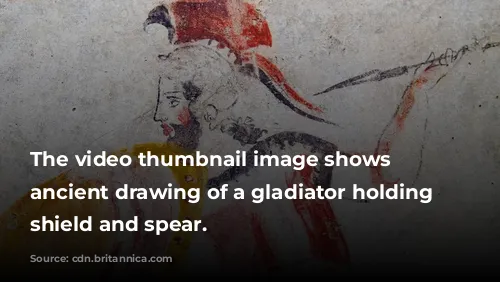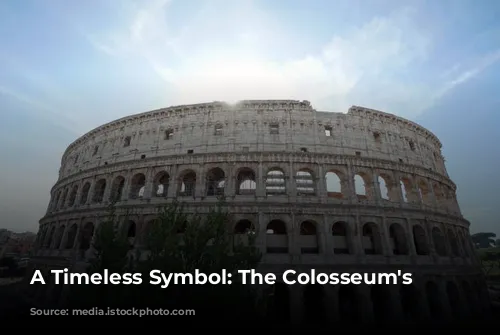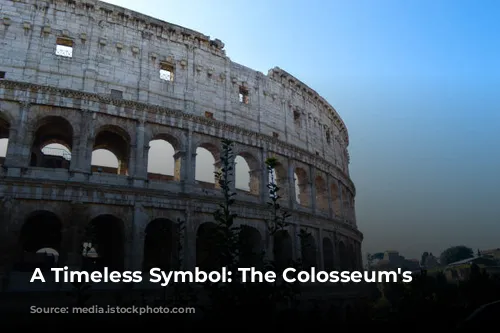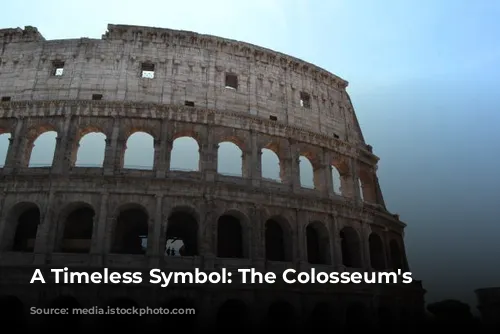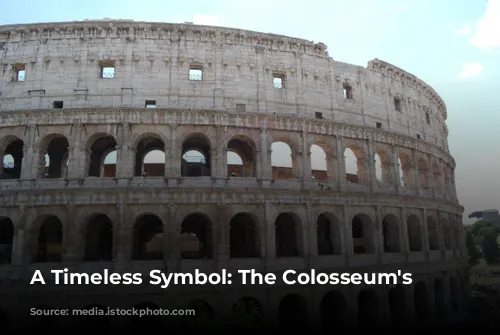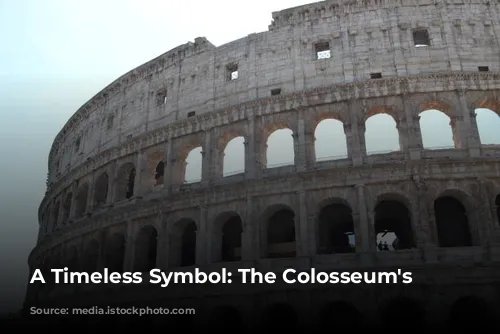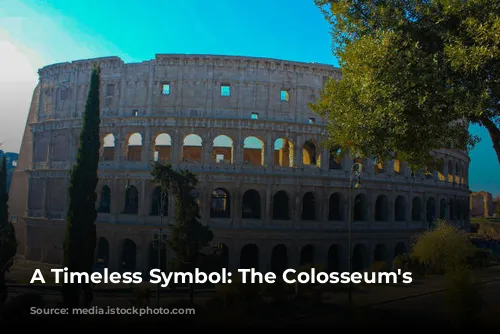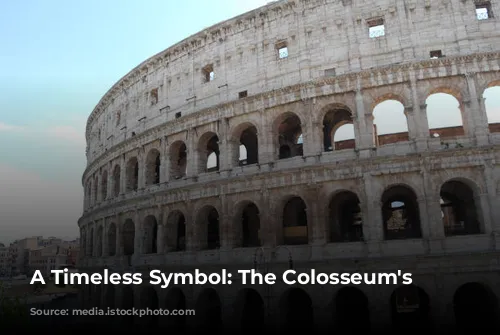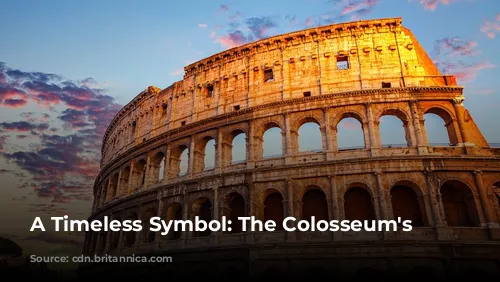The Colosseum, a majestic testament to the Roman Empire’s architectural prowess, stands today as a beacon of history. It’s not just a breathtaking structure; it’s a vital source of tourism revenue for Italy. In 2018, the Colosseum, along with the Roman Forum and Palatine Hill, attracted over $63.3 million (€53.8 million) in tourist spending, making it Italy’s most lucrative tourist attraction.
The Colosseum’s journey through time has been a rollercoaster ride. After the Western Roman Empire’s collapse, the structure fell into disrepair, with families like the Frangipane and Annibaldi repurposing the arena as their fortress. The 15th century saw Pope Alexander VI authorize the Colosseum to be used as a quarry. However, this neglect was finally addressed in the 1990s, when state-funded restoration efforts began.
From Entertainment to Empire
The Colosseum was born out of a desire to revive Rome following the tumultuous “Year of the Four Emperors” in 69 CE. Emporer Vespasian envisioned it as a grand entertainment venue, a place to host exhilarating gladiator fights, thrilling animal hunts, and even mock naval battles.
The construction of the Colosseum began under Vespasian between 70 and 72 CE. His son and successor, Titus, dedicated the completed structure in 80 CE. Domitian, Vespasian’s other son, added the fourth story in 82 CE. It’s interesting to note that the Colosseum was financed by the spoils of war, specifically the loot from Titus’s conquest of Jerusalem in 70 CE, and was built by enslaved Jews from Judaea.
An Architectural Masterpiece
The Colosseum, or Flavian Amphitheater, is an elliptical marvel built from stone, concrete, and tuff. Rising four stories high, it stretches 620 by 513 feet (189 by 156 meters) and could hold an astounding 50,000 spectators. It was famously used for gladiatorial combat, showcasing the thrill and brutality of ancient Rome.
The Colosseum’s construction was a bold departure from earlier amphitheaters. Unlike those built into hillsides, this freestanding structure stands tall, showcasing a sophisticated system of barrel and groin vaults. Three stories are adorned with arcades framed by columns representing the Doric, Ionic, and Corinthian orders, an architectural arrangement that influenced the Renaissance era. The Colosseum’s main structure is made of travertine, while the secondary walls are built with volcanic tufa, and the inner bowl and arcade vaults are crafted from concrete.
A Legacy of Entertainment and Restoration
The Colosseum provided a spectacular view for its enormous audience. A retractable awning, known as a velarium, protected spectators from the sun. Supported by masts extending from the top story, the velarium required hundreds of Roman sailors to manipulate its rigging.
The Colosseum witnessed countless gladiatorial battles, animal hunts, and even mock naval engagements. While the arena’s involvement in early Christian martyrdoms remains uncertain, its role in the spectacle of ancient Rome is undeniable.
The Colosseum’s fate after the fall of Rome was a tale of neglect and repurposing. It was used as a church, a fortress for prominent Roman families, and even a quarry. Thankfully, in the 19th century, preservation efforts began in earnest, led by Pope Pius VIII. The 1990s saw a major restoration project, bringing the Colosseum back to its former glory.
Today, the Colosseum stands as a major tourist attraction, drawing close to seven million visitors annually. Regular exhibitions delve into ancient Roman culture, keeping the spirit of this historical wonder alive. The Colosseum, a symbol of Rome’s grandeur and resilience, continues to awe and inspire visitors from all corners of the globe, offering a glimpse into the world of ancient Rome.
